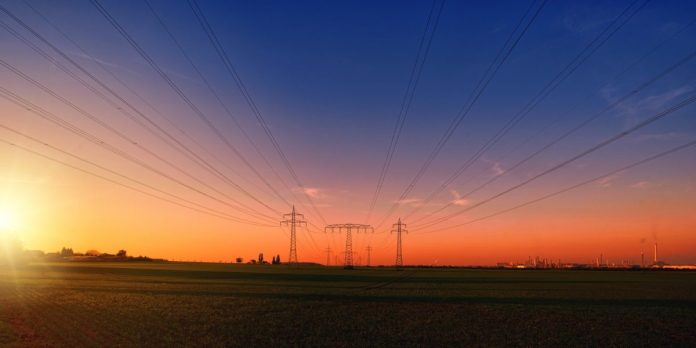Dutch power and gas provider Liander has announced it will apply congestion management to a bottleneck in the electricity grid which is jeopardizing the deployment of large scale solar plants incentivized under the nation’s SDE+ program.
“We can distribute the scarce capacity of the network in Neerijnen in Gelderland more efficiently and give a number of customers on the waiting list the desired extra capacity before the network is expanded,” said the power company, which serves the provinces of Gelderland and Noord-Holland and parts of Flevoland, Friesland and Zuid-Holland.
Neer sited
Liander said it chose Neerijnen because the area hosts several agricultural businesses which also generate renewable energy. Such businesses could offer flexible power consumption and supply at optimal times to ease grid congestion and earn revenue from their flexibility at the same time, according to the power company.
“The system is now being set up and Liander is recruiting parties that want to participate,” the company said. “The network operator expects that congestion management will be applied for the first time in the autumn if the peak demand exceeds the supply of network capacity.”
The power company said congestion management is a system embedded in the grid code which enables the distribution of grid transmission capacity fairly and efficiently for all customers and power producers if there is insufficient capacity in a specific part of the grid.
“If the electricity supply or demand exceeds the grid capacity in a certain area, the grid operator will investigate whether the supply and demand for electricity can be coordinated with market players,” the company said. “If this is the case, the grid operator asks the market to demand or use more [electricity], or less electricity at times when demand exceeds supply.”
Dedicated platform
Liander said solar and wind plant operators could, for example, indicate how much they could reduce electricity consumption and supply daily, and at what prices. “We will use the online platform Gopacs – a collaboration between the regional network operators and [transmission system operator] Tennet,” the company added. Gopacs, which was launched early last year, is said to offer solutions in line with European directives on the market-based mitigation of grid congestion. The service offers, according to its website, large and small energy market parties an easy way to generate revenues by using their flexibility and thus contribute to easing congestion.
Liander is expecting to have around 6 GW of solar capacity on its grid by 2023. In late January, the company and grid operator Enexis said there was limited capacity available for renewables projects – mainly large scale solar – in parts of Groningen, Drenthe and Overijssel, in the north east of the country. The two system operators, which warned in April the grid in those areas could suffer in the event of further solar generation capacity growth, also provided an overview of the stations of TenneT (110 kV) and Enexis (20 and 10 kV) which had limited transport capacity.






